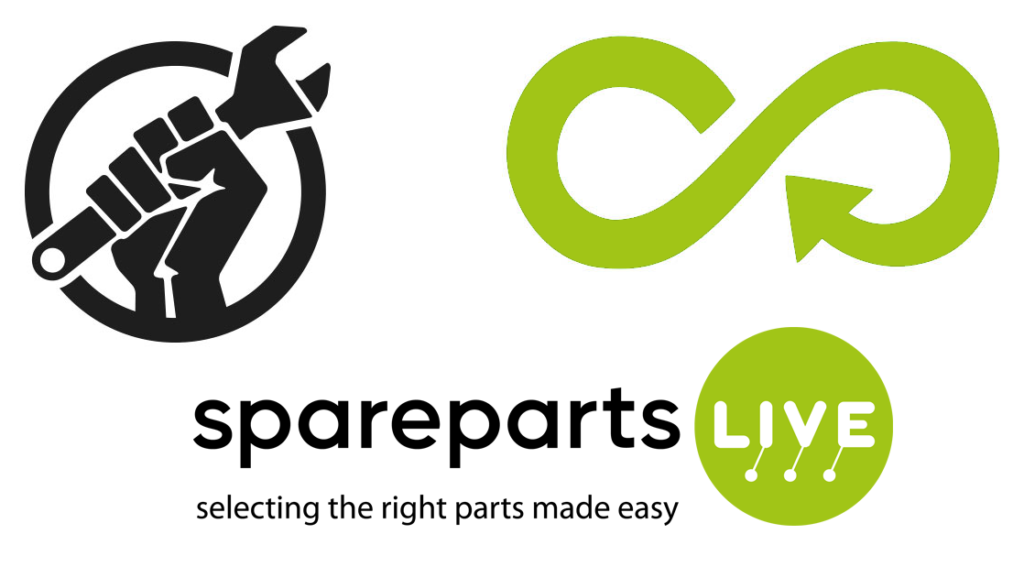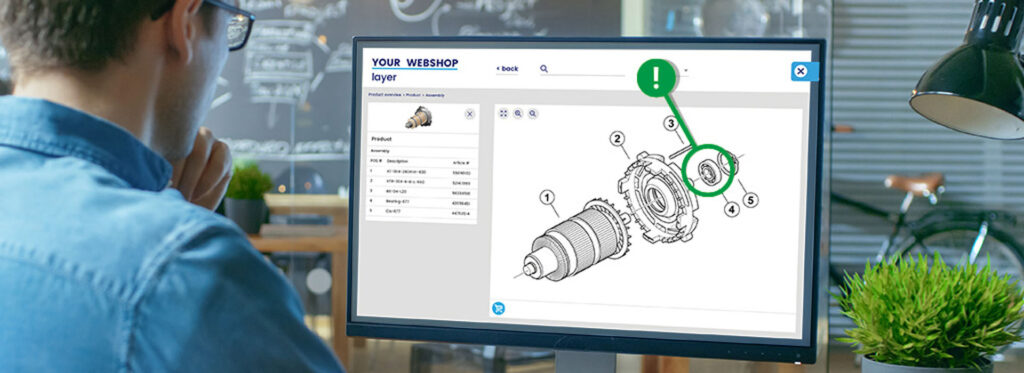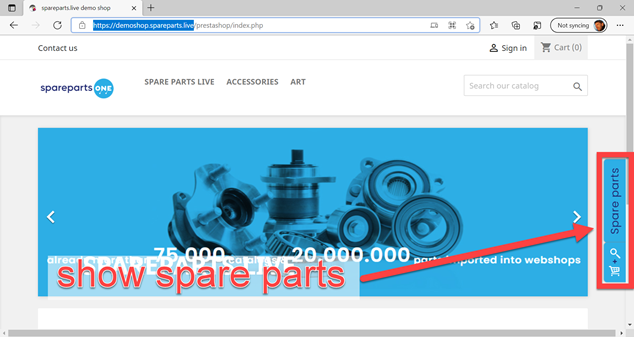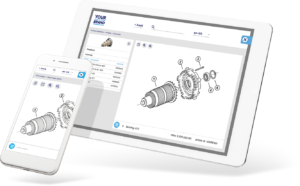Enhancing Circular Economies: The Impact of Interactive Visuals on the ‘Right to Repair’ Movement

The European Commission adopted a new proposal on common rules promoting the repair of goods, which will result in savings for consumers and support the objectives of the European Green Deal by reducing waste, among others.
The importance of interactive visuals for precisely identifying components promotes circularity and sustainability and optimizes energy consumption in logistics by avoiding unnecessary reorders and deliveries.
Revolutionizing Markets: ‘Right to Repair’ Impact
In the wake of the ‘right to repair’ initiative, the surge in demand for spare parts is set to reshape the market landscape. Navigating this evolving terrain, the pivotal role of interactive visual representations becomes evident, particularly in the precise identification of components within devices, machines, or vehicles. Clicking on an accurate depiction ensures that the correct spare part is seamlessly dispatched, aligning with the ethos of circularity. Beyond championing sustainability, this innovative approach significantly optimizes energy consumption in logistics, eliminating the need for subsequent reorders and deliveries.
Empowering Repair: Visual Interface Efficiency
As consumers increasingly exercise their right to repair, the importance of a user-friendly visual interface cannot be overstated. These clickable drawings not only empower individuals to make informed choices but also contribute to a more sustainable and efficient supply chain. The simplicity of the interactive model not only aids in the correct selection of spare parts but also streamlines the entire ordering process. This aligns with environmental goals and addresses the practical challenges of logistics, ensuring that each order is right the first time. The seamless integration of visuals enhances the user experience and positions businesses at the forefront of the circular economy movement.

Fostering Sustainable Practices: Visuals and Repair
Embracing the ‘right to repair’ philosophy extends beyond a legal mandate; it is a testament to fostering a conscious and responsible consumer culture. The synergy between interactive visuals and circularity extends to energy conservation in logistics. By accurately pinpointing the necessary components, unnecessary reorders and deliveries are circumvented, minimizing the carbon footprint associated with redundant transportation. This complements the broader sustainability goals of the ‘right to repair’ and positions businesses as pioneers in embracing eco-friendly practices. In essence, the marriage of interactive visuals and the ‘right to repair’ legislation not only serves as a pragmatic solution for end-users but also as a strategic imperative for businesses navigating the evolving landscape of circular economies.


